Content may contain affiliate links. When you shop the links, I receive a small commission at no cost to you. Thank you for supporting my small business.
After trying several types, including oil-based paint, latex paint, and chalk paint, I discovered the best type of paint for cabinets: Benjamin Moore’s Advance Alkyd Paint.
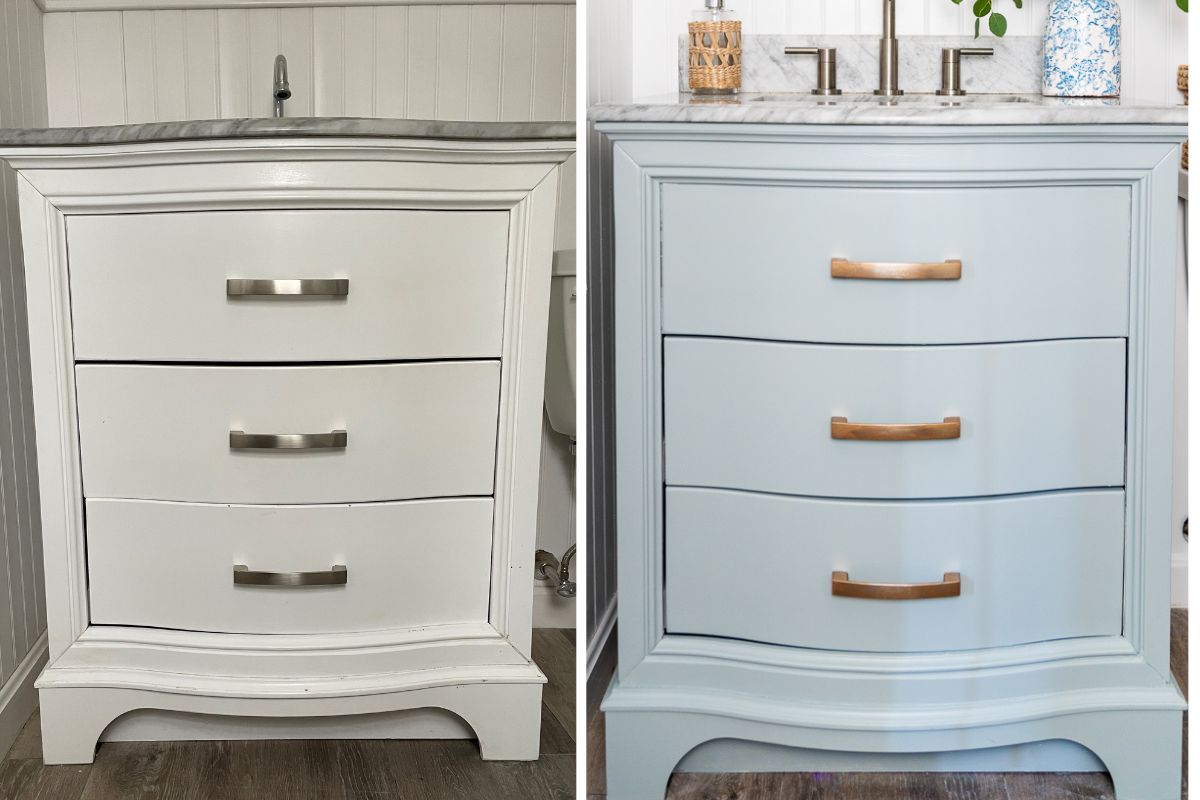
Painting your cabinets doesn’t have to be difficult, especially when you pick the best cabinet paint for the job!
A good paint is essential if you are tackling kitchen cabinets or cabinet doors, where durability and a smooth surface are key, and this truly is the best paint for the job.
Why Choose Benjamin Moore’s Advance Alkyd Paint?
Benjamin Moore’s Advance is the best choice for several reasons:
- Durability: It’s a durable paint, perfect for daily use in kitchens or bathrooms.
- Professional Finish: This paint offers a luxurious, professional finish – something even professional painters appreciate. It comes in high-gloss, semi-gloss, or satin finishes, all providing excellent leveling and minimal brush strokes.
- Ease of Use: Unlike traditional oil-based paints that need a lot of prep work, Advance Alkyd Paint is user-friendly, making it a great choice for both beginners and seasoned DIYers.
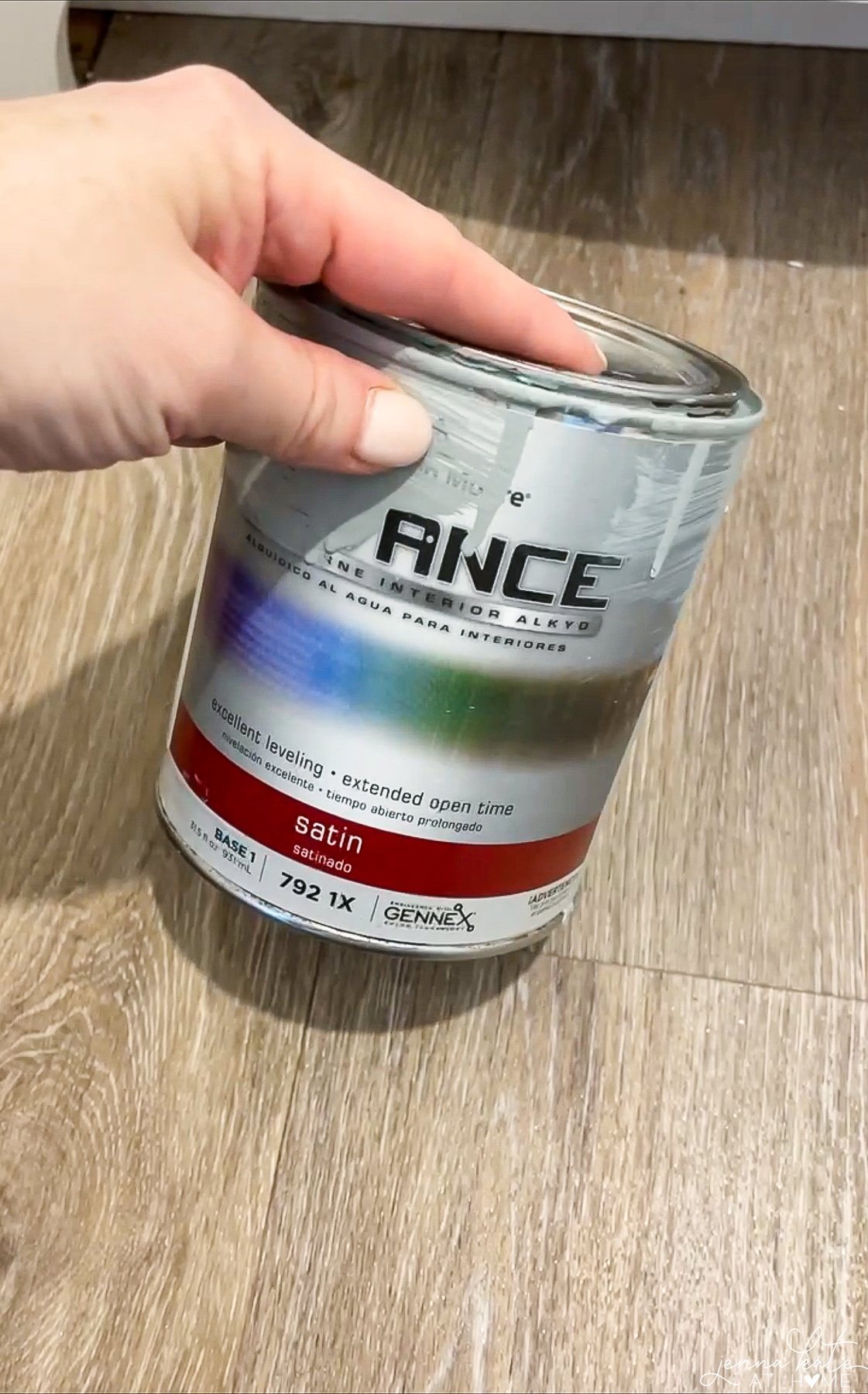
Benjamin Moore Advances vs Sherwin Williams Urethane Trim Enamel
Another viable option for cabinet painting is Sherwin Williams Urethane Trim Enamel. This paint is known for its durability and smooth finish, making it a good choice for areas that require a hard-wearing surface, like kitchen and bathroom cabinets.
It’s a hybrid of oil and water-based paints, offering the ease of a water-based paint with the hard finish of an oil-based product. The Urethane Trim Enamel is also low in VOCs and comes in a variety of colors, much like the Advance line from Benjamin Moore.
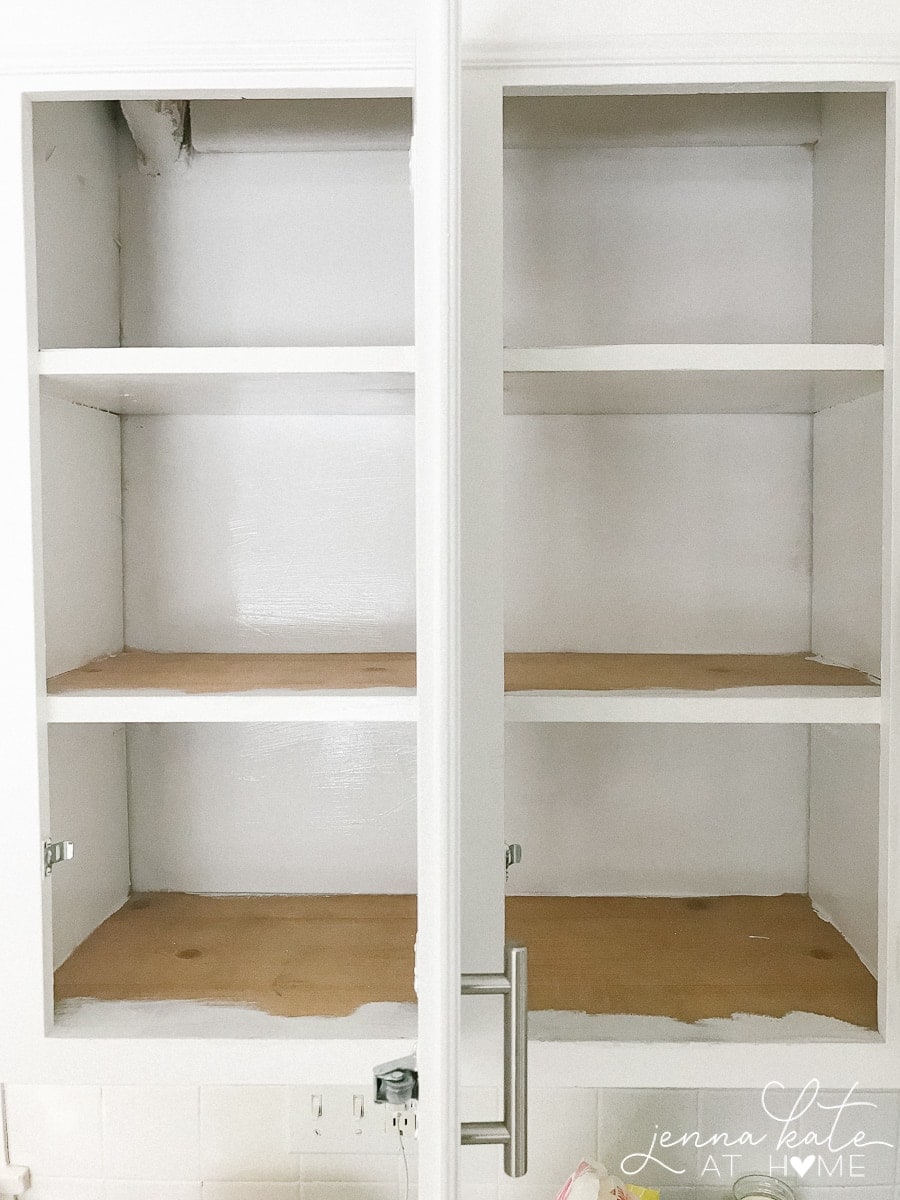
While Sherwin Williams Urethane Trim Enamel is a popular choice for many DIYers and professional painters alike, I personally prefer Benjamin Moore’s Advance Alkyd Paint for my projects. After using the Urethane Trim Enamel on my kitchen cabinets and then using the Advance Line on my bathroom vanity, I found that the Advance line has superior leveling for a smoother surface and a more professional finish, especially when using a foam roller or paint sprayer.
The durability and overall quality of Benjamin Moore’s product, in my experience, make it the best choice for kitchen and bathroom cabinet renovations.
Why Alkyd Paint is Like Oil Paint But Better
Alkyd paint is a hybrid that combines the best of oil-based and water-based paints. It gives you the durability and smooth finish of oil paint, but with easier cleanup and lower volatile organic compounds (VOCs), making it a healthier choice for your home.

Using a Paint Sprayer or Roller for Cabinets
Whether using a paint sprayer for great coverage or a foam roller for convenience, both methods work well with Benjamin Moore’s Advance. The paint’s self-leveling property ensures a smooth finish, regardless of the application method.

To Prime or Not to Prime
If you’re painting over raw wood or stained wood cabinets, using a shellac-based primer like Bin from your local paint store or Home Depot is a good idea. It ensures no bleed-through and creates the perfect surface for the paint.
My Application Tips for the Best Results
- Use the Right Tools: High-quality tools like Purdy brushes or rollers are essential for a smooth application. For an even more professional finish, a paint sprayer is an excellent choice.
- Apply a Second Coat: A fresh coat of Benjamin Moore’s Advance Alkyd Paint after the first coat has dried for 24 hours ensures even coverage and durability. Depending on the color and type of cabinets, a third coat may be needed.
- Allow Proper Drying Time: Patience is key for the best finish. Let the paint dry thoroughly between coats, and allow 2-3 weeks for it to properly cure to a rock-hard finish.
Final Thoughts
Choosing Benjamin Moore’s Advance Alkyd Paint for your kitchen or bathroom cabinets is an investment in your home’s beauty and functionality.
This hybrid alkyd enamel paint is the right paint for any cabinet painting project. With its ease of use, professional finish, and durability, it stands out as the best kitchen cabinet paint brand, offering a new look and great results for your entire kitchen.

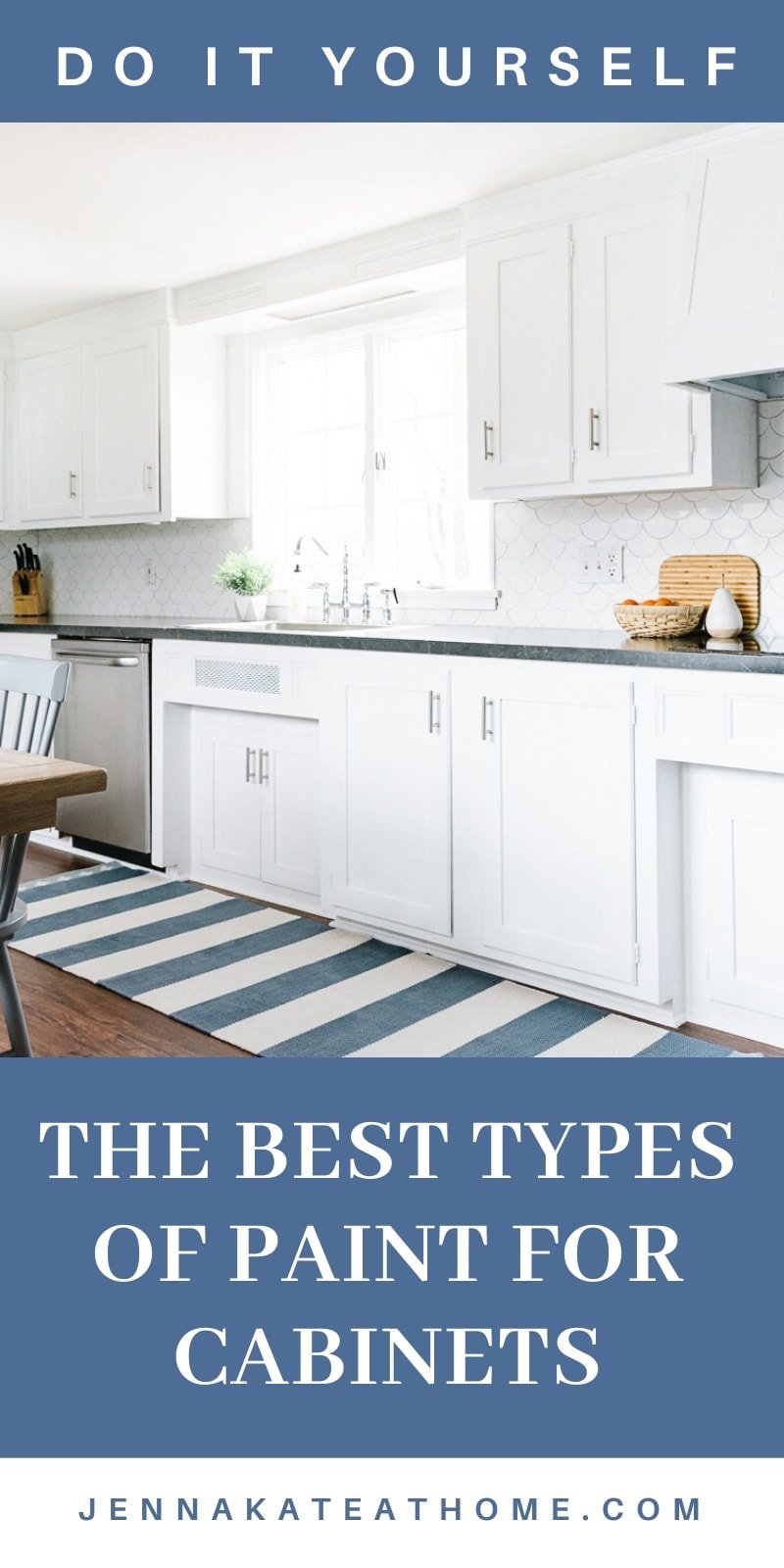
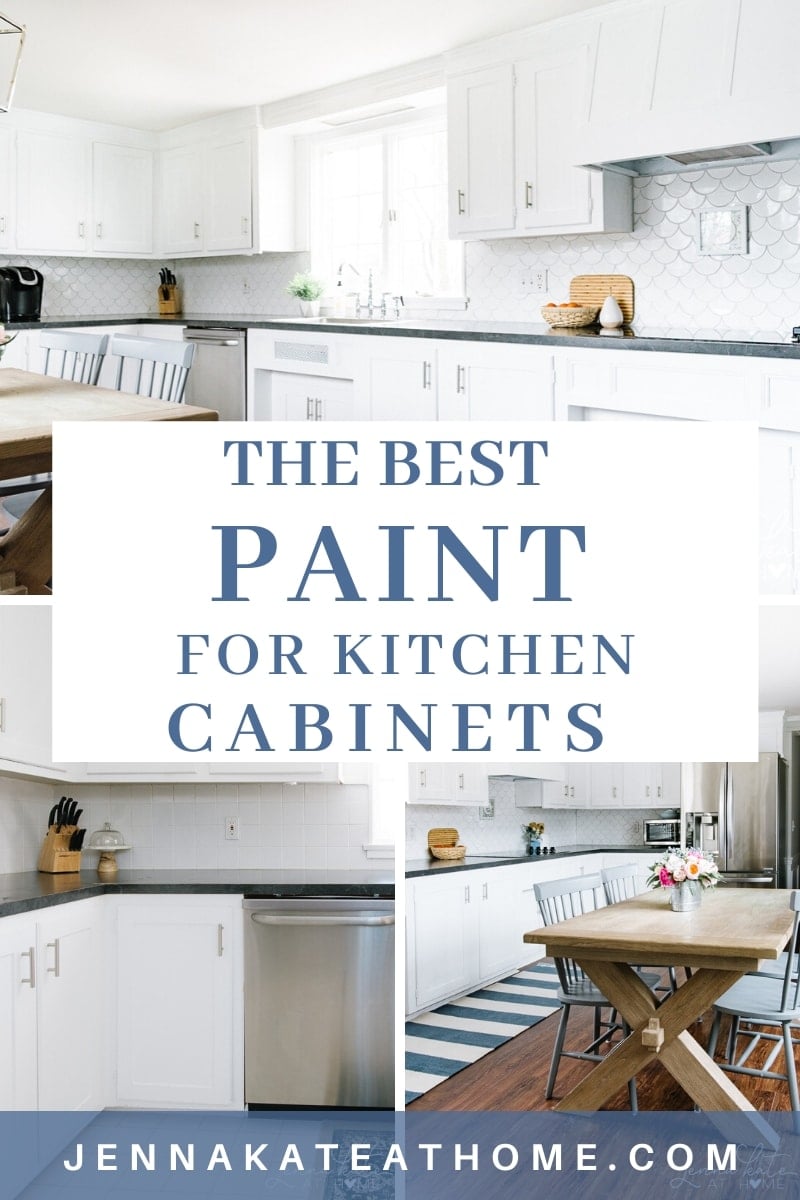
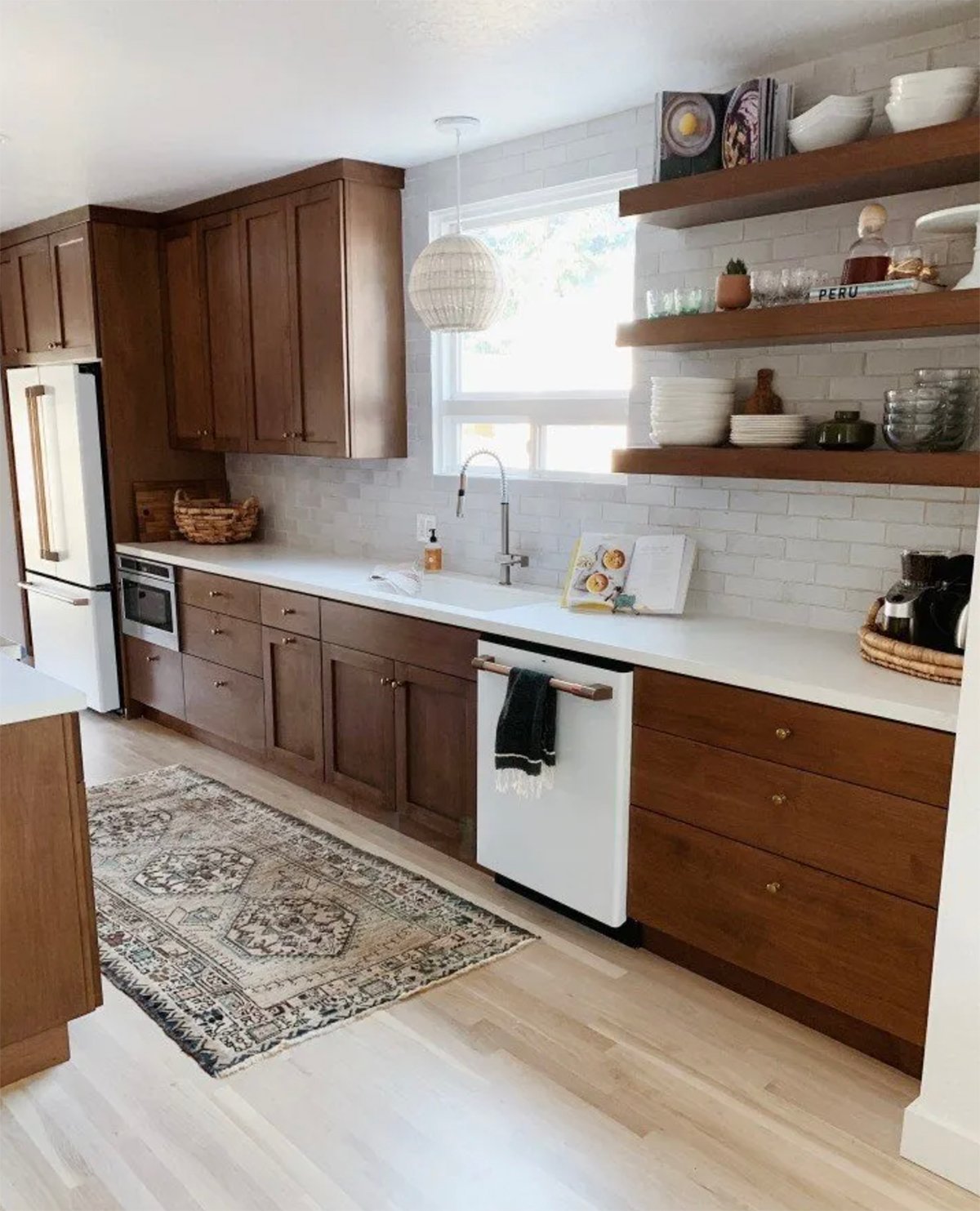
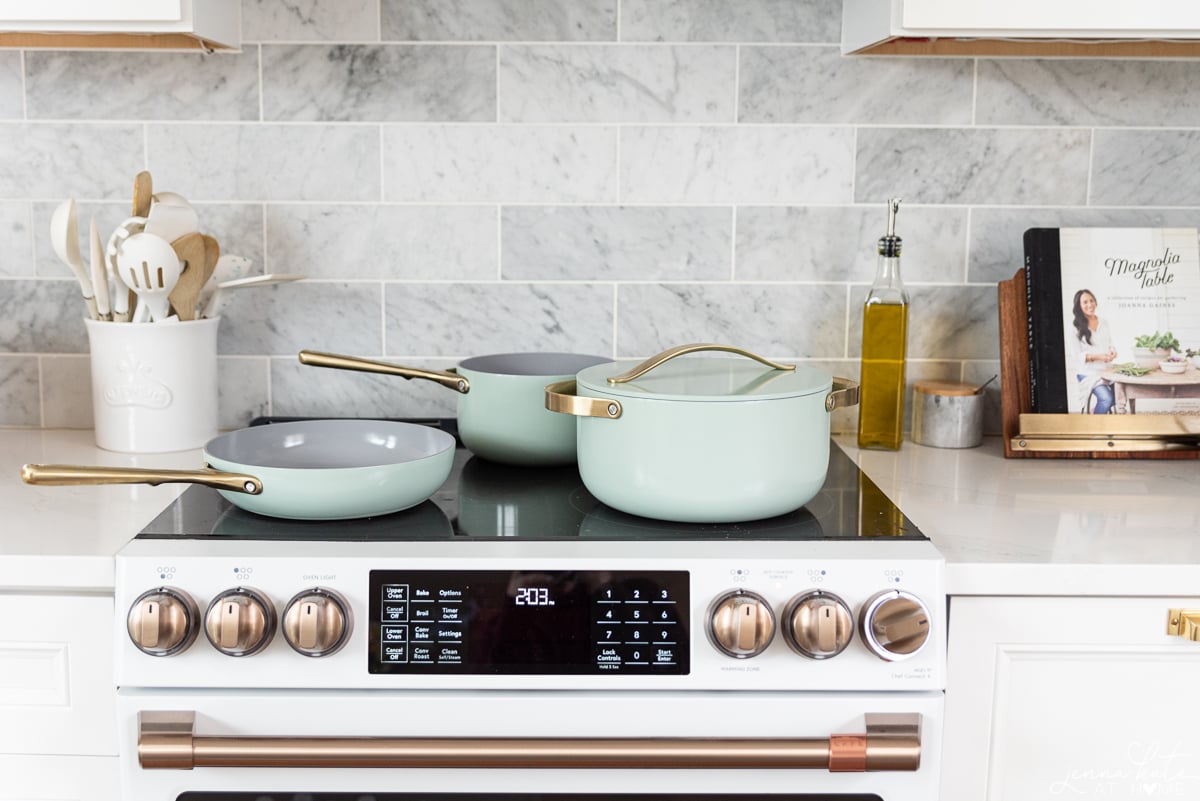
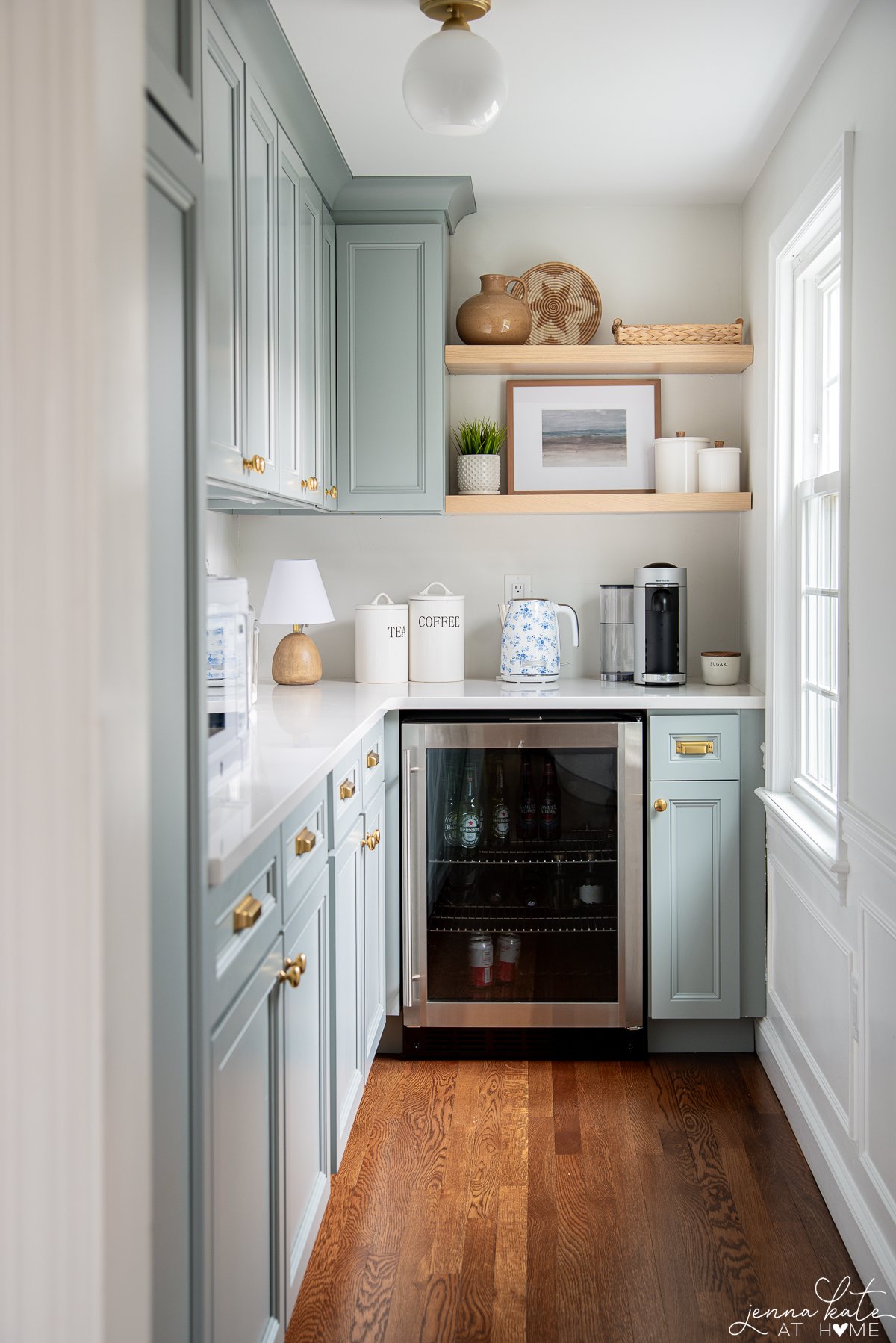
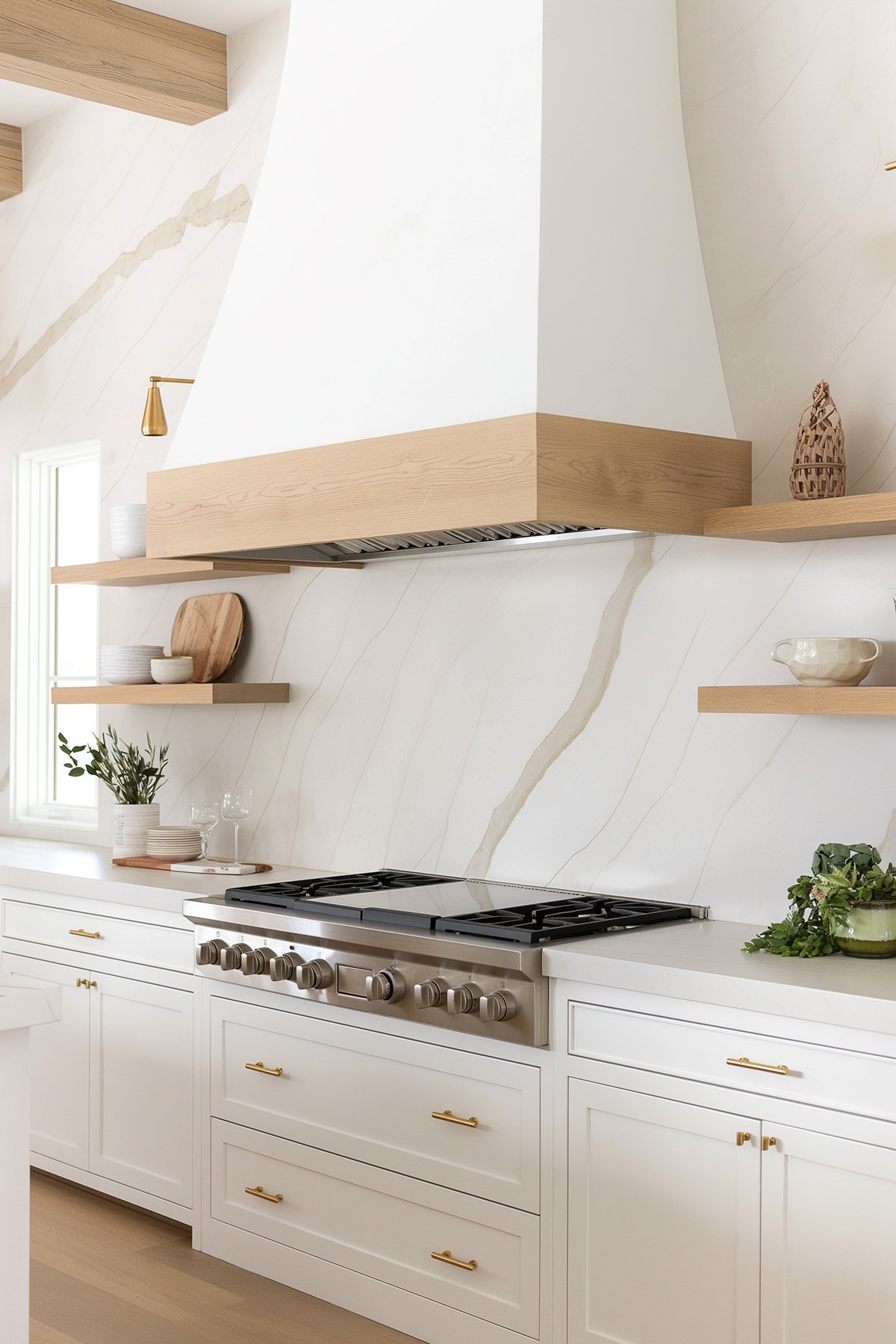
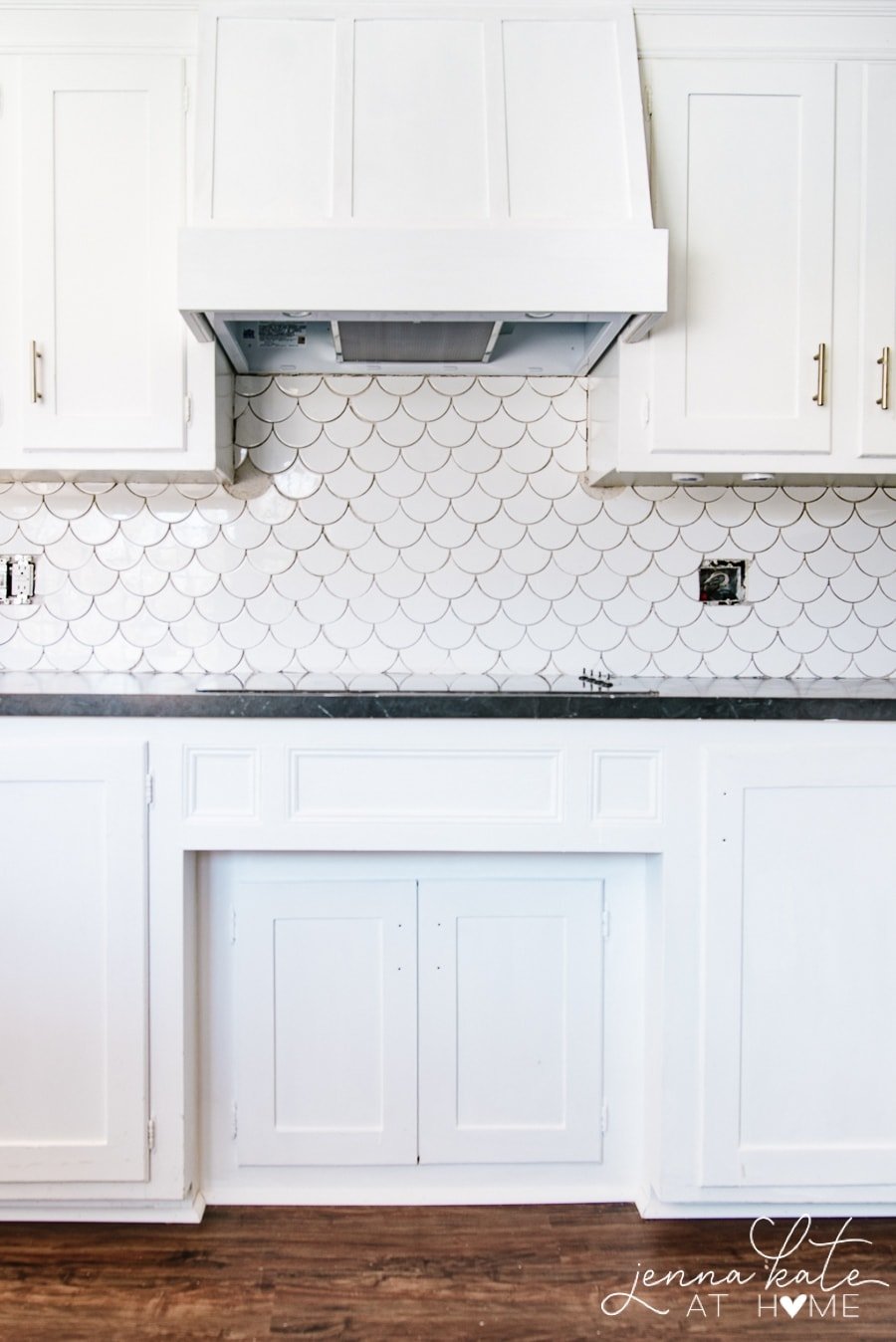
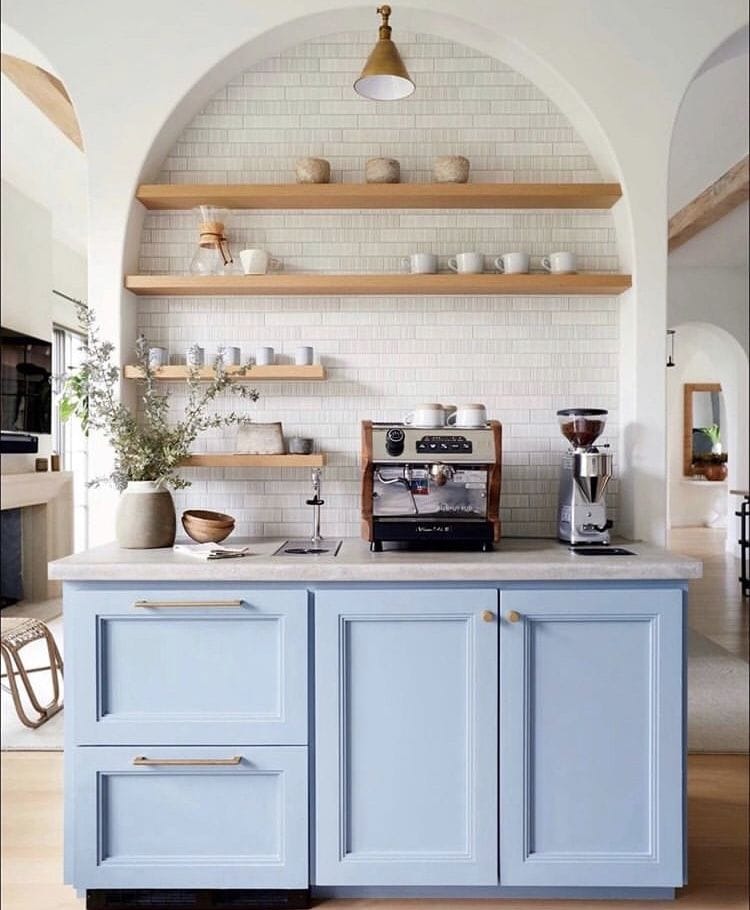

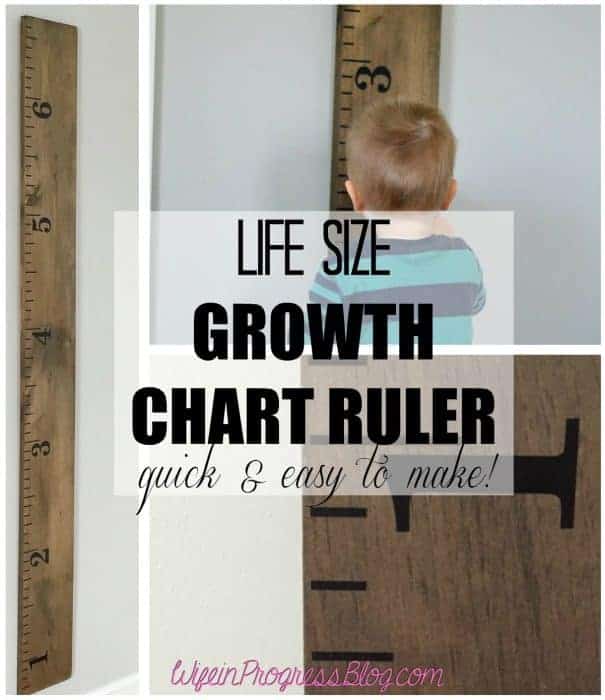
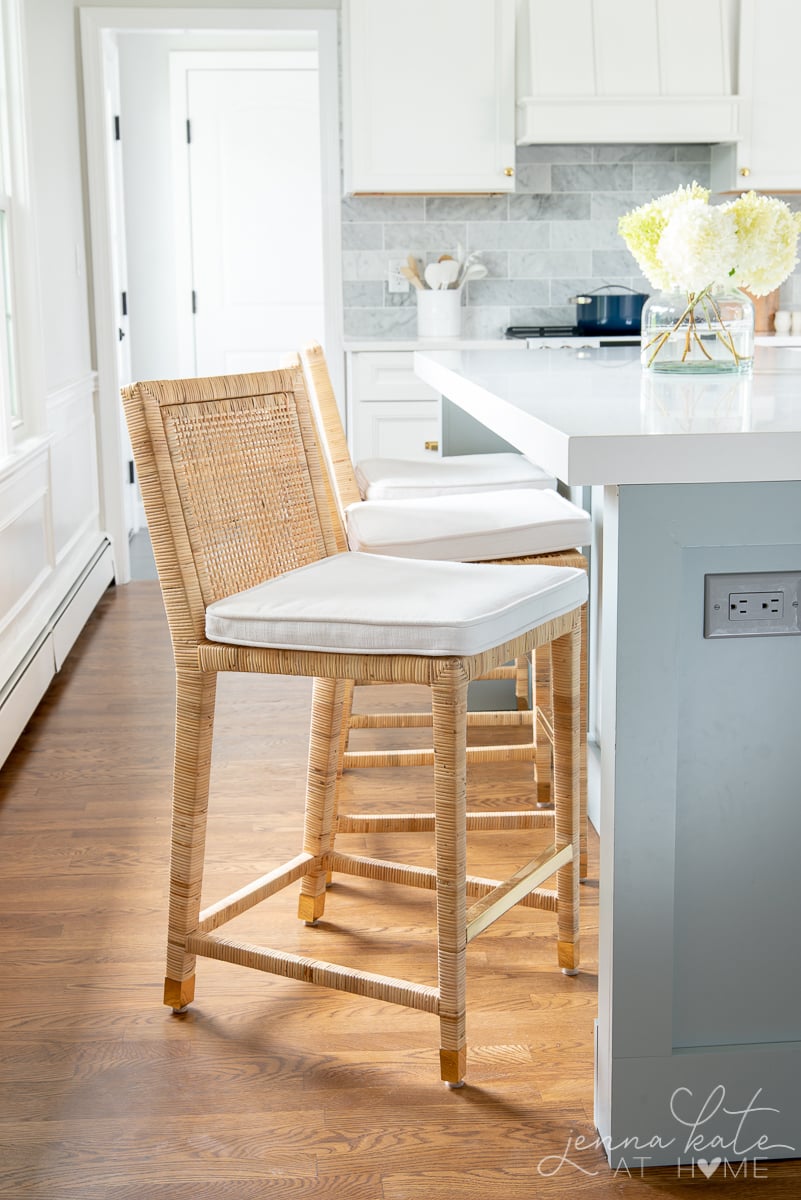
This is so helpful! I love the fact that you went through the different types of paint that one could use in their kitchen cabinet painting project. I feel like in every blog I’ve read, everyone uses a slightly different type of paint so it’s difficult to know what kind would be best for me and my cabinets. Thanks so much for sharing this!
Amazing color Suggestion :)
Awesome blog.
Thanks for sharing
Hello! I read this post and your oil bond post and I just want to clarify… Is it best to wipe down the cabinets with the oil bond if they are stained, then add the oil bond to a latex primer and then also add it to the paint? Just want to make sure I do this right the first time!
Hi Holly, Wiping down with the oil bond just replaces the step of sanding/deglossing. If you are using a shellac-based primer, you will NOT need the oil bond additive. If you’re using a regular latex primer, then yes. But you don’t need to add it to both the paint and the primer. Just one is fine.